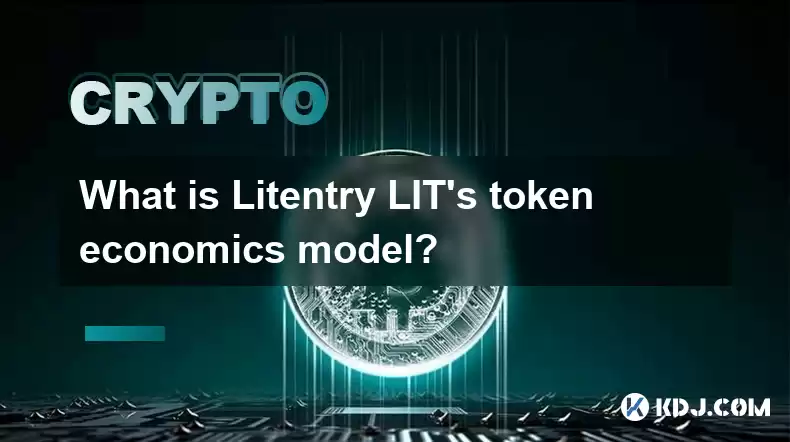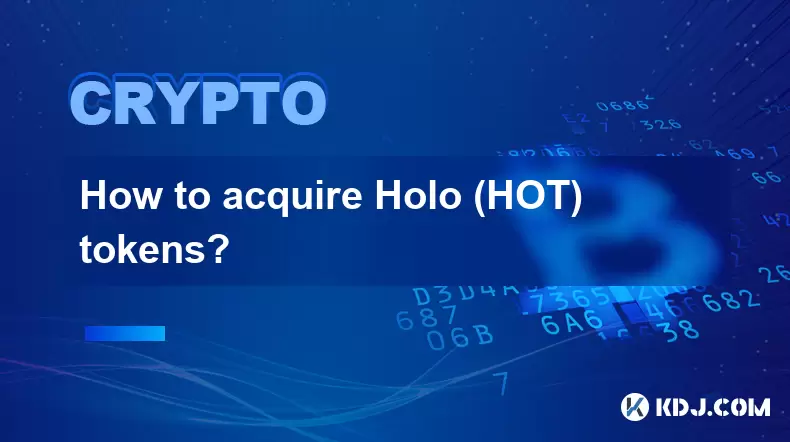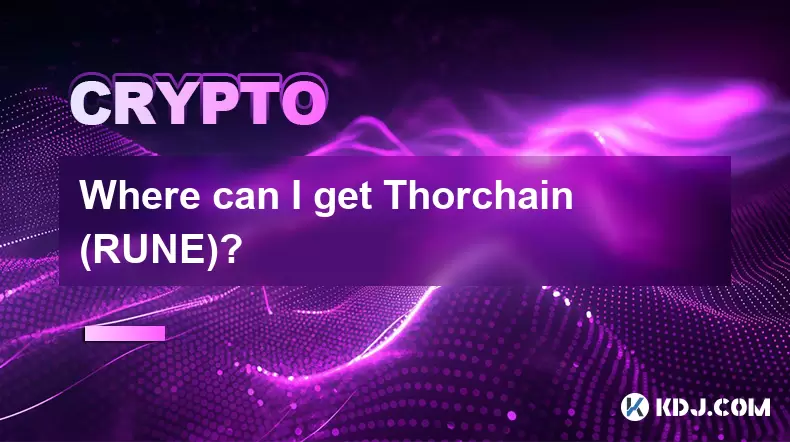-
 Bitcoin
Bitcoin $116700
0.24% -
 Ethereum
Ethereum $3973
4.34% -
 XRP
XRP $3.283
7.68% -
 Tether USDt
Tether USDt $1.000
0.01% -
 BNB
BNB $789.8
2.27% -
 Solana
Solana $176.2
3.31% -
 USDC
USDC $0.9999
0.00% -
 Dogecoin
Dogecoin $0.2238
5.14% -
 TRON
TRON $0.3389
-0.51% -
 Cardano
Cardano $0.7907
4.03% -
 Stellar
Stellar $0.4527
10.02% -
 Hyperliquid
Hyperliquid $41.07
4.27% -
 Sui
Sui $3.794
1.77% -
 Chainlink
Chainlink $19.49
10.40% -
 Bitcoin Cash
Bitcoin Cash $580.9
0.74% -
 Hedera
Hedera $0.2617
4.32% -
 Avalanche
Avalanche $23.41
3.67% -
 Ethena USDe
Ethena USDe $1.001
-0.03% -
 Litecoin
Litecoin $122.4
1.38% -
 Toncoin
Toncoin $3.364
1.49% -
 UNUS SED LEO
UNUS SED LEO $8.988
0.37% -
 Shiba Inu
Shiba Inu $0.00001295
2.82% -
 Uniswap
Uniswap $10.62
5.75% -
 Polkadot
Polkadot $3.922
4.46% -
 Dai
Dai $1.000
0.01% -
 Bitget Token
Bitget Token $4.494
2.15% -
 Monero
Monero $268.0
-1.30% -
 Cronos
Cronos $0.1523
3.68% -
 Pepe
Pepe $0.00001127
4.43% -
 Aave
Aave $285.4
4.85%
What is Litentry LIT’s token economics model?
Litentry's tokenomics model allocates 45% of LIT tokens to the ecosystem, incentivizing participation and fostering growth within the Litentry community.
Dec 30, 2024 at 07:29 pm

Key Points of Litentry LIT's Token Economics Model
- Token Distribution: LIT's token distribution allocates 20% to seed investors, 15% to strategic investors, 45% to the ecosystem, 10% to team and advisors, and 10% to the development fund.
- Token Use Cases: LIT serves multiple purposes within the Litentry ecosystem, including governance, staking, and transaction fees.
- Tokenomics Philosophy: Litentry's token economics model aims to incentivize participation, ensure network security, and foster long-term sustainability.
- Governance: LIT holders can participate in governance by voting on proposals related to the protocol's development, such as updates, fees, and partnerships.
- Staking: LIT holders can stake their tokens to secure the network and earn rewards. Stakers validate transactions, prevent malicious activity, and contribute to consensus.
- Transaction Fees: LIT is used to pay for transaction fees within the Litentry network. These fees cover the costs of network operations, such as data storage and processing.
- Tokenomics Development: Litentry's tokenomics model is subject to ongoing development and improvement. The team actively monitors the network's performance and adjusts the model as needed to optimize its effectiveness and alignment with the ecosystem's goals.
Comprehensive Guide to Litentry LIT's Token Economics Model
Token Distribution
Litentry's token distribution is designed to ensure a balanced distribution of LIT among stakeholders. The distribution includes:
- Seed Investors (20%): Early investors who supported Litentry's development receive 20% of the total supply.
- Strategic Investors (15%): Investors who contribute to the long-term growth and adoption of the network receive 15%.
- Ecosystem (45%): The Litentry community and ecosystem receive 45% to incentivize participation and foster growth.
- Team and Advisors (10%): The founding team and advisors receive 10% for their contributions to the project.
- Development Fund (10%): 10% of the supply is allocated to a development fund for long-term protocol improvements and ecosystem support.
Token Use Cases
LIT serves multiple use cases within the Litentry ecosystem:
- Governance: Holders can vote on governance proposals impacting the protocol's direction, functionality, and partnerships.
- Staking: Tokens can be staked to secure the network, validate transactions, and earn rewards. Stakers contribute to network security and consensus.
- Transaction Fees: LIT is used to cover the costs of network operations, such as data storage, processing, and rewarding stakers.
- Deflationary Mechanisms: Litentry incorporates deflationary mechanisms to reduce the overall token supply. A portion of transaction fees is burned, reducing LIT's circulating supply over time.
- Incentivization Programs: Litentry offers incentivization programs to reward developers, contributors, and community members for their contributions to the ecosystem. LIT is used as a reward mechanism in these programs.
Tokenomics Philosophy
Litentry's tokenomics model is grounded in the following principles:
- Value Accrual: The model aims to capture value for LIT holders by incentivizing their participation in the ecosystem.
- Network Security: Staking and transaction fees ensure that network participants have a vested interest in maintaining the security and integrity of the network.
- Decentralized Governance: LIT holders have a say in the protocol's development and direction through governance voting.
- Long-Term Sustainability: The model is designed to generate sustainable revenue for the network's operations and growth.
FAQs
Q: How are LIT tokens distributed?
A: LIT tokens are distributed through seed investment, strategic investment, ecosystem incentives, team allocation, and a development fund.
Q: What is the purpose of staking LIT?
A: Staking LIT contributes to network security by validating transactions and earning rewards for stakers.
Q: Where can I buy LIT tokens?
A: LIT tokens are traded on several cryptocurrency exchanges, including Binance, Huobi, and OKX.
Q: How is the value of LIT determined?
A: LIT's value is influenced by factors such as market demand, network usage, and the overall cryptocurrency market conditions.
Q: Are there any plans to adjust the tokenomics model?
A: Litentry's tokenomics model is subject to ongoing development and improvement. The team monitors the network's performance and may make changes as needed to optimize its effectiveness.
Disclaimer:info@kdj.com
The information provided is not trading advice. kdj.com does not assume any responsibility for any investments made based on the information provided in this article. Cryptocurrencies are highly volatile and it is highly recommended that you invest with caution after thorough research!
If you believe that the content used on this website infringes your copyright, please contact us immediately (info@kdj.com) and we will delete it promptly.
- Bitcoin, Litecoin, and Avalanche: Decoding the Crypto Buzz in the Big Apple
- 2025-08-09 00:30:12
- Pengu Takes Flight: Can This Solana Meme Coin Conquer the Top 3?
- 2025-08-09 00:50:13
- Ethereum and Shiba Inu: Navigating the Bull Move
- 2025-08-09 00:35:12
- Navigating the Crypto Market in 2025: Smart Decisions for Meme Coin Investing
- 2025-08-09 00:55:55
- Punisher Coin: The Altcoin Ready to Punish Your Portfolio with Gains?
- 2025-08-08 22:50:16
- Mutuum Finance, Bitcoin Whales, and Binance: Decoding the Crypto Currents
- 2025-08-08 22:30:11
Related knowledge

Where can I buy UMA (UMA)?
Aug 07,2025 at 06:42pm
Understanding UMA and Its Role in Decentralized FinanceUMA (Universal Market Access) is an Ethereum-based decentralized finance (DeFi) protocol design...

Where can I purchase Siacoin (SC)?
Aug 08,2025 at 11:14am
Understanding Siacoin (SC) and Its Role in the Sia NetworkSiacoin (SC) is the native cryptocurrency of the Sia decentralized cloud storage platform, a...

Where can I buy OMG Network (OMG)?
Aug 08,2025 at 12:57pm
Understanding OMG Network (OMG) and Its PurposeThe OMG Network, originally known as OmiseGO, is a layer-2 scaling solution built on the Ethereum block...

What exchanges support buying IOTA (MIOTA)?
Aug 07,2025 at 09:58pm
Understanding the Role of Private Keys in Cryptocurrency SecurityIn the world of cryptocurrency, private keys are the cornerstone of ownership and con...

How to acquire Holo (HOT) tokens?
Aug 08,2025 at 05:56am
Understanding Holo (HOT) and Its EcosystemHolo (HOT) is a cryptocurrency token associated with the Holo ecosystem, which is built on the Holochain fra...

Where can I get Thorchain (RUNE)?
Aug 08,2025 at 08:07am
Understanding the Role of Seed Phrases in Cryptocurrency WalletsA seed phrase, also known as a recovery phrase or mnemonic phrase, is a critical compo...

Where can I buy UMA (UMA)?
Aug 07,2025 at 06:42pm
Understanding UMA and Its Role in Decentralized FinanceUMA (Universal Market Access) is an Ethereum-based decentralized finance (DeFi) protocol design...

Where can I purchase Siacoin (SC)?
Aug 08,2025 at 11:14am
Understanding Siacoin (SC) and Its Role in the Sia NetworkSiacoin (SC) is the native cryptocurrency of the Sia decentralized cloud storage platform, a...

Where can I buy OMG Network (OMG)?
Aug 08,2025 at 12:57pm
Understanding OMG Network (OMG) and Its PurposeThe OMG Network, originally known as OmiseGO, is a layer-2 scaling solution built on the Ethereum block...

What exchanges support buying IOTA (MIOTA)?
Aug 07,2025 at 09:58pm
Understanding the Role of Private Keys in Cryptocurrency SecurityIn the world of cryptocurrency, private keys are the cornerstone of ownership and con...

How to acquire Holo (HOT) tokens?
Aug 08,2025 at 05:56am
Understanding Holo (HOT) and Its EcosystemHolo (HOT) is a cryptocurrency token associated with the Holo ecosystem, which is built on the Holochain fra...

Where can I get Thorchain (RUNE)?
Aug 08,2025 at 08:07am
Understanding the Role of Seed Phrases in Cryptocurrency WalletsA seed phrase, also known as a recovery phrase or mnemonic phrase, is a critical compo...
See all articles

























































































